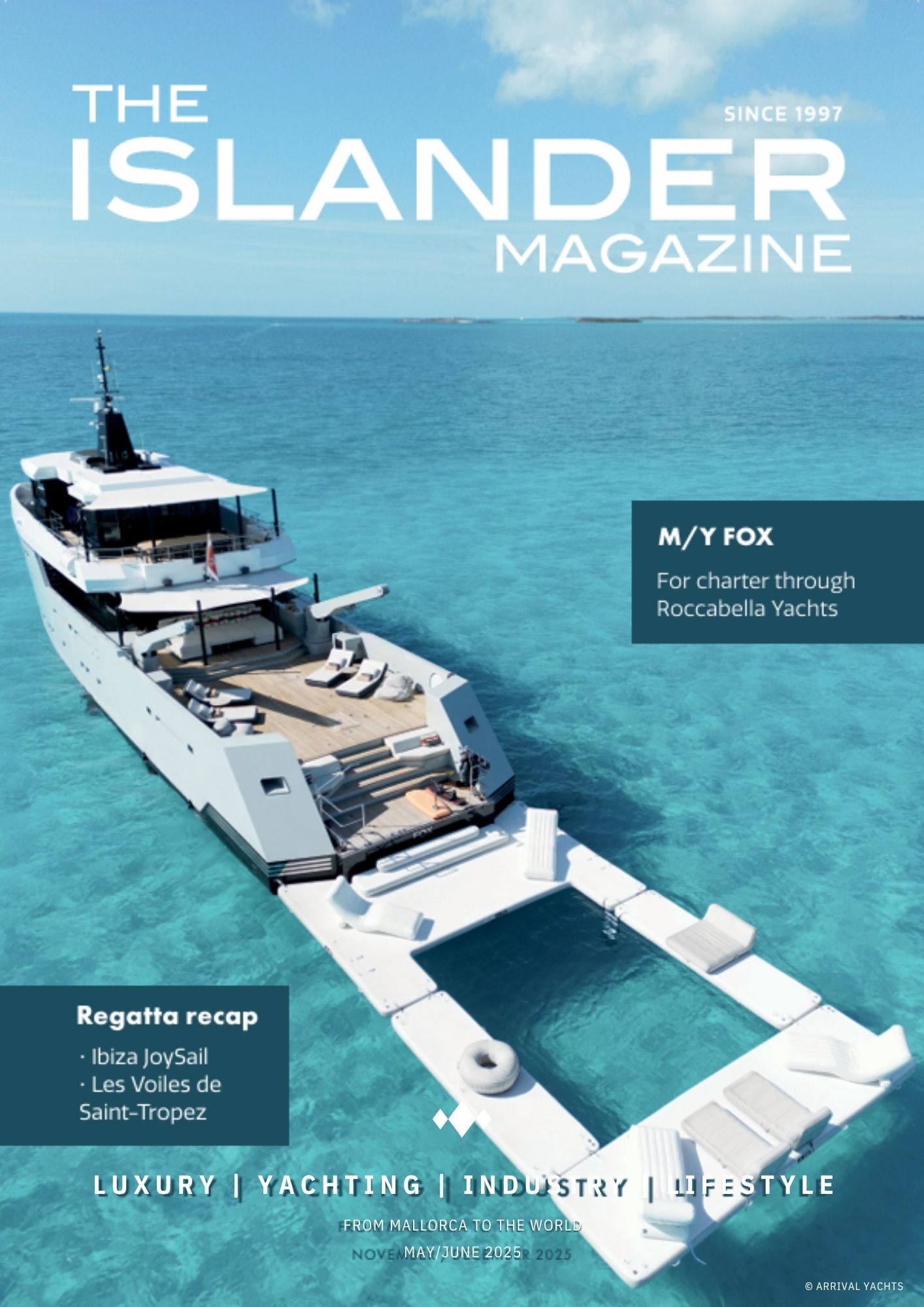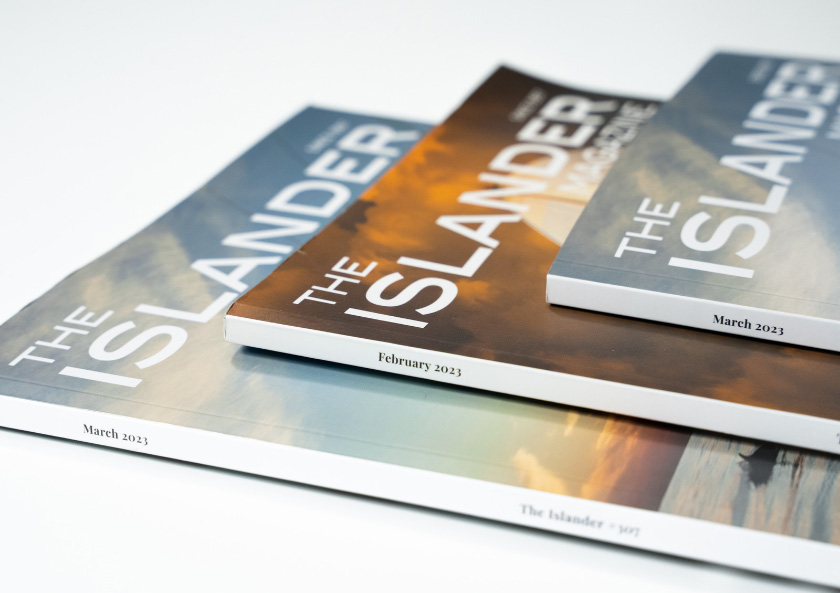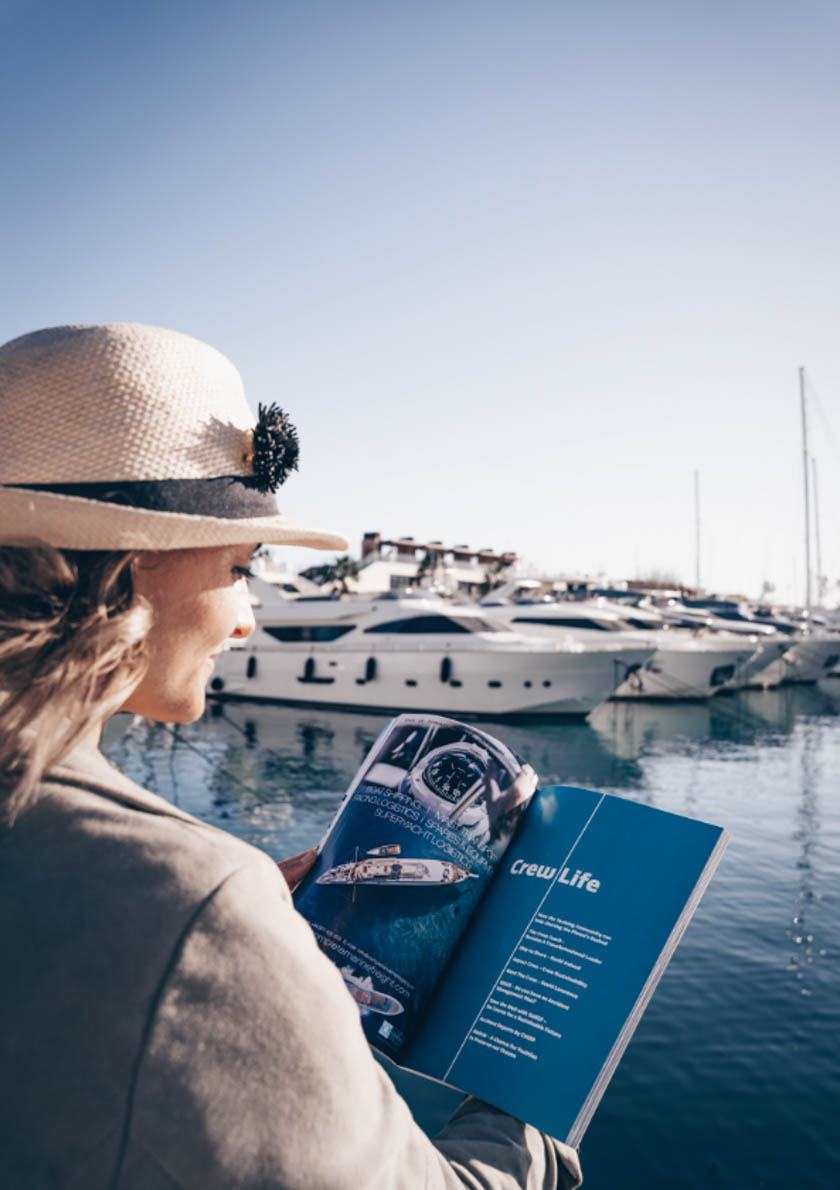 Let me say up front that I am writing this at the end of eight weeks of tight lockdown imposed by the Spanish government in response to the COVID-19 pandemic. Stuck inside for so long with precious little else to do has resulted in me resorting to spending long hours scrolling mindlessly through apparently endless pages of sailing-related social media and online forum posts. While much of this is pretty much completely wasted time that I will never ever get back, one consistent theme that stood out from all the background chatter did get me speculating. You don’t have to spend very long on Facebook (for example) to recognise that – at least among those individuals more than willing to take the time express an opinion – when it comes to the America’s Cup there is significant support for a return to non-foiling monohull boats rather than the hyper-high-performance foiling boats of the current and last two editions.
Let me say up front that I am writing this at the end of eight weeks of tight lockdown imposed by the Spanish government in response to the COVID-19 pandemic. Stuck inside for so long with precious little else to do has resulted in me resorting to spending long hours scrolling mindlessly through apparently endless pages of sailing-related social media and online forum posts. While much of this is pretty much completely wasted time that I will never ever get back, one consistent theme that stood out from all the background chatter did get me speculating. You don’t have to spend very long on Facebook (for example) to recognise that – at least among those individuals more than willing to take the time express an opinion – when it comes to the America’s Cup there is significant support for a return to non-foiling monohull boats rather than the hyper-high-performance foiling boats of the current and last two editions.
Cards on the table here: I am a massive fan of the foiling catamarans used for the 34th and 35th America’s Cup cycles and equally so of the amazing AC75 flying monohull concept introduced for AC36. I think the latest boats are simply magnificent and I am in complete awe of the skill levels required of the crews just to sail them in a straight line – never mind trying to match race them around a confined racecourse. Like very many others I cannot wait to see the AC75 foiling monohulls match racing for the first time – hopefully in Auckland, New Zealand in December this year – when I believe we will witness the fastest most adrenaline-pumping boats being raced by the best sailors in the world as they attempt to win yacht racing’s ultimate prize.
Nevertheless I do also confess to harbouring a persistent worry about the future of the new need-for-speed America’s Cup and its relevance to the bulk of active sailboat racers around the world. As I have just said, I consider myself very much a fan of the modern America’s Cup, but as a sailor I also find myself increasingly disconnected it from it. It concerns me greatly that the sailors now primarily learn to sail their boats using simulators situated in darkened rooms far away from ocean breezes and salt spray. It bothers me too that we are losing many of the common elements that link the AC with its fanbase. I think we are unlikely to ever again see a grimacing bowman fiercely gripping a forestay with one hand while signalling boat lengths to the start line with the fingers of their other hand. Neither are we likely to get the chance to enjoy real pre-start ‘dial-ups’ and other traditional match racing shenanigans, or to marvel at the flawless synchronisation of a crew in the heat of battle executing a perfect spinnaker float drop at the leeward mark.
These and other nagging doubts are why I increasingly find myself siding with the droves of my new best friends on the internet who pine longingly for the days when sailors on America’s Cup boats didn’t wear helmets and body armour and were clearly visible on board carrying out tasks and manoeuvres that were at least recognisable to the America’s Cup’s core audience. That core audience in my opinion is the hundreds of thousands (or is it perhaps even millions?) of super keen amateur sailors worldwide who every weekend race aboard ‘conventional’ boats at their local sailing or yacht club. In the same way that tennis, golf and cycling fans watch the big events in those sports, these sailing fans would very probably tune in to watch yacht racing that they can understand and relate to.
Just to clarify again, I am very much not one of the multitude of social media acolytes calling for the America’s Cup to return to the 12 Metre class or some revamped version of it. I liked the 12s just as much as the next guy, but let’s face it their time is past and even the most misty-eyed 12 Metre advocate would have to recognise the insurmountable challenge of attempting to hold the attention of a global audience with boats that are so slow. Likewise, a return to racing in the comparatively high-tech Version 5.0 America’s Cup Class yachts would be more compelling than the 12s – but ultimately not the right solution here.
So here I sit, uncomfortably balanced on the fence between two rival factions of America’s Cup fans: one group baying noisily for a return to ‘proper sailing’ in non-foiling boats while the other side condemns them as Luddites who are trying to stifle necessary progress.
What though if there was a middle ground that could keep all sides happy? What if we could give the people on both sides of the argument pretty much exactly what they want? What if in addition to the foiling extravaganza the America’s Cup also featured a parallel competition raced in sensibly high-performance, non-foiling monohulls?
I am thinking here a box rule design akin to a larger TP52 or Maxi 70 (no bigger than 80-feet feels right to me somehow). A boat that can race in eight knots of breeze up to 35 knots. A ‘proper’ sailboat with soft sails (none of this double-skinned mainsails witchcraft), with jibs/genoas for headsails, and spinnakers/gennakers/Code Zeros for downwind. A bowsprit would be fine I guess – although wouldn’t it be amazing to see the crews grappling with spinnaker poles at some point? You would want carbon rigs and high-tech construction for the hulls to keep them light and fast; maybe canting keels, or maybe not? The boats must be able to make their own way to and from the racecourse, but no fossil fuels to be used on board, which should accelerate the development of engine technology in this area. Likewise hoisting and trimming of sails must be achieved by manual power and crew-wise, I am favouring a mixed-sex line up of 15-20 sailors – depending on the eventual size of the boat.
The racing format should be match-race centric but depending upon the popularity of this concept and the number of entries, maybe it would be a cool spectacle to throw in some fleet racing somewhere along the way. Of course all of the microphones, on-board cameras and other media gadgetry would be built-in, but let’s include an on-board cameraman and a reporter/commentator to help immerse the audience even more so in the racing. I am in favour of national teams representing yacht clubs with a high percentage (60 – 70 per cent) of the sailors and shore crew being from the country of origin. That said, emerging nations new to international yacht racing could be given special dispensation for a lower percentage to allow expert guidance (in a similar way to SailGP currently). Commercial sponsorship would be necessary but with some one-design elements in the design package the budgets could be kept within reasonable bounds. With the potential for these alternative America’s Cup boats to also race at regular regattas around the world in between Cup cycles then the return on investment could be quite appealing.
There is no denying that there are gaps in this concept that you could probably drive a J Class through, but the more I think about it, the more I can imagine plenty of people enjoying watching this kind of alternative America’s Cup competition. And those that don’t will no doubt let me know on social media or on the forums. Bring it on!
Justin Chisholm
Editor – Yacht Racing Life

















0 Comments